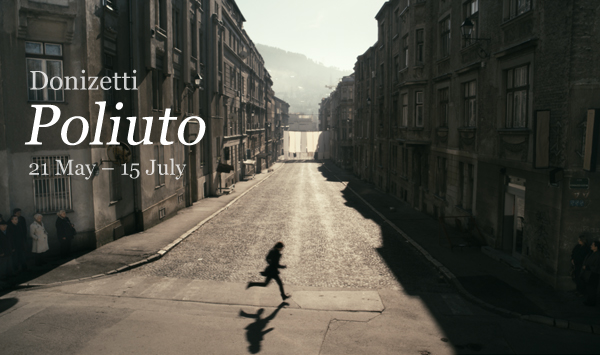I need little invitation to go to Open Gardens in the National Gardens Scheme and when those gardens are on swanky Richmond Hill then I just had to go as it would give me the chance to see some of the houses as well as their gardens.
The gardens were scattered a little over the hill in an area around The Marlborough. This was a pub I was familiar with which meant that I also knew the main road that it sat on but I knew nothing of the many roads that ran off it so there was a nice element of exploring to do too.
The houses all cost in the order of £5 million, some a lot more, so I expected gardens to match and was not disappointed. The one above looked like a Chelsea show garden with its mix of architectural features and neat planting. It was incredibly formal and it almost felt like an intrusion to walk through it.
Water features and fancy pots were common and I chose this combination for its Zen feel with its simple pots, still water, small bridge and water bubbling out of a stone ball.
I took many pictures of garden ornaments and this happy chappy was my favourite.
Of course there were plenty of flowers too and these little splashes of different colours were lovely.
While several of the gardens were violently modern quite a few were cosily traditional and few things are more tradittional in an English Country Garden than a collection of plant pots.
The final garden that I went to was the largest. What was one the garden of a large house once, or maybe even two large houses, was now the garden to a moderate sized block of expensive flats and some care had been taken to make the garden live up to the expectations of the tenants.
This was another one of those Open Garden days that required some rushing around to see things and I was left short of time to see everything which is better that running out of gardens to see in the time available. None of the gardens were super sensational, and I expected that to be the case, though several were not that far off and the houses they belonged to were pretty good too.
The gardens were scattered a little over the hill in an area around The Marlborough. This was a pub I was familiar with which meant that I also knew the main road that it sat on but I knew nothing of the many roads that ran off it so there was a nice element of exploring to do too.
The houses all cost in the order of £5 million, some a lot more, so I expected gardens to match and was not disappointed. The one above looked like a Chelsea show garden with its mix of architectural features and neat planting. It was incredibly formal and it almost felt like an intrusion to walk through it.
Water features and fancy pots were common and I chose this combination for its Zen feel with its simple pots, still water, small bridge and water bubbling out of a stone ball.
I took many pictures of garden ornaments and this happy chappy was my favourite.
Of course there were plenty of flowers too and these little splashes of different colours were lovely.
While several of the gardens were violently modern quite a few were cosily traditional and few things are more tradittional in an English Country Garden than a collection of plant pots.
The final garden that I went to was the largest. What was one the garden of a large house once, or maybe even two large houses, was now the garden to a moderate sized block of expensive flats and some care had been taken to make the garden live up to the expectations of the tenants.
This was another one of those Open Garden days that required some rushing around to see things and I was left short of time to see everything which is better that running out of gardens to see in the time available. None of the gardens were super sensational, and I expected that to be the case, though several were not that far off and the houses they belonged to were pretty good too.













































